Public transport in Africa is a broad term that refers to the various forms of transport in Africa. Public transport systems in Africa are generally underdeveloped, and many African countries have fewer than 5,000 vehicles on their roads per million people. This is compared to a global average of 173 vehicles per million people.
Africa has some of the least developed public transport in the world
Africa is unique in that it has some of the least developed public transport systems in the world, while also being one of the fastest urbanizing continents. Faced with this challenge, African countries have been slow to update their transportation infrastructure. Hence, while many cities are growing rapidly and densely, transport systems are not keeping pace. These outdated public transport systems do not provide safe, efficient and cost-effective services for travelers, who must often rely on other means of traveling or be isolated from economic hubs. As a result, most people use informal modes of transportation that offer very limited service coverage and produce high levels of greenhouse gas emissions. This can be seen in the numerous matatus, trotros etc.—shared informal public transport—that serve as an important mode of transportation but also contribute greatly to air pollution throughout African cities.
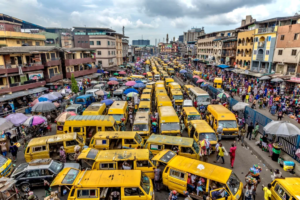
Danfo Buses, a form of informal transport in Lagos-Nigeria (Photo from Washington Post)
Africa’s public transport needs take shape depending on where you are.
For one thing, the kinds of public transport systems that works for African cities, towns and villages vary depending on where you are in the continent. In fact, there’s too much variation to just lump “Africa” into a category. You’ll find some similarities between urban and rural areas, like minibuses being used as taxis and matatus moving people from place to place—but as you might expect, transporting passengers in rural areas is more challenging than it is in urban areas. And when it comes to cities specifically, the needs of capital cities differ from those of other cities: while capitals usually have larger populations and better public transport systems, they also have more commuters who use their services (which means they may have higher emissions). One thing is clear: public transport in Africa is often a necessity, not a luxury. While some cities have developed extensive public transportation systems, others are lacking in such facilities.
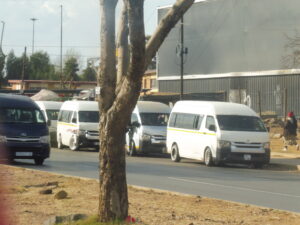
Taxis (mini vans) in Johannesburg as informal transport
FORMS OF PUBLIC TRANSPORT
Public transport in Africa is provided by a variety of modes, including railways, buses and ferries. In cities, buses are often used as public transportation. Buses tend to be slower than trains, but cheaper than cars and other modes of transportation. In rural areas where there are no paved roads or railways, trucks may be used as a mode of transportation for both passengers and cargo.
The most common forms of public transportation in Africa are minibuses and shared taxis. Minibuses are small vans that carry up to 16 passengers and follow fixed routes; these vehicles are usually privately owned but can also be run by local governments. Shared taxis are used for short-distance trips within cities, and may stop anywhere along their route if there is demand from passengers. There are also buses run by government agencies that provide long-distance service between major cities within countries, as well as international routes between African nations and their neighbors on other continents. Some countries — including Kenya, Ghana and Nigeria — have begun testing high-speed trains on some of their busiest lines. These trains are expected to cut travel times considerably once they’re fully operational.
Minibusses and taxis are the main options of public transportation across the continent.
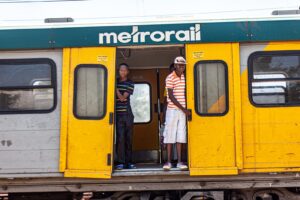
Metrorail is a commuter urban rail in the Gauteng province of South Africa (Photo from Wilimedia)
Africa has a number of rail networks, although only a few countries have significant passenger service. The largest network is in South Africa, which has many kilometers of trackage. Kenya has some rail lines in the north-west and south-east that are used for freight and passenger traffic. Zambia has a few hundred kilometers of trackage and Zimbabwe has some lines but they are not maintained well.
In West Africa there are a number of short lines that connect ports or mines with other lines or local industries. In East Africa there are several tourist trains that operate between Nairobi and Mombasa as well as between Kampala and Kisoro.
In Southern Africa most railways are owned by parastatals such as Transnet Freight Rail (South Africa), National Railways of Zimbabwe and Metrorail (South Africa). There is also an extensive network of private railways owned by mining companies operating between mines and ports or between mines themselves.
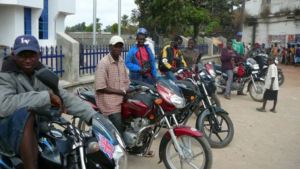
Motorbikes for informal transport in the city of Freetown (Photo from Africa Daily News)

Goods and people embark on a ferry to cross the Congo River to Lubunga, a commune in Democratic Republic of Congo (By Nadia Kanyere Karasisi)
Private transport is seen as a status symbol, especially in middle income countries
Public transportation, whether in the form of buses, taxis, trains, or any other mode of transport that doesn’t require ownership of a vehicle, is still seen as a means used by poorer people. To own your own vehicle instead is still seen as a status symbol in many countries in the region.
The use of private transport is status-driven among people with moderate incomes. In recent times African cities are seeing experiencing an increase in car ownership as other developing areas in the world did earlier on. For example, when car ownership was made less expensive across Latin America and Southeast Asia—first through low-cost loans and later through finance leasing schemes—the number of cars owned jumped dramatically. This allowed the middle class to buy more cars than they could otherwise have afforded outright, causing traffic congestion levels to skyrocket as well.
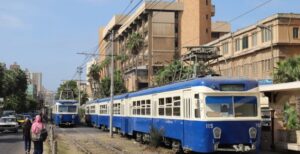
Raml Tramway is the oldest tram in Africa (From Urban Transport Magazine).
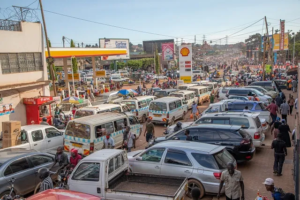
Informal Minibus and mini-cycles in Kampala Uganda (Photo from City Fix)
Ride-hailing services are becoming more and more popular, but they’re not accessible to all.
But there’s a reason ride-hailing is becoming popular in Africa: It’s easy to use, especially compared to other modes of public transportation that are accessible to urban residents. For example, public bus systems often require riders to pay in cash, which can be logistically difficult.
With limited public transport options and expensive private ones, many Africans resort to two-wheelers.
In many parts of Africa, motorcycles are a popular means of transport. This is due to the fact that motorcycles are cheaper than cars and more fuel-efficient, as well as being able to navigate through heavy traffic easier than larger vehicles can. Motorcycles are commonly used both for passenger transport and transporting cargo.
A large number of Africans who live in rural areas rely on walking as their only form of transportation

“Gare de l’Agha” (Central Station Algiers) in Algeria: train to the airport
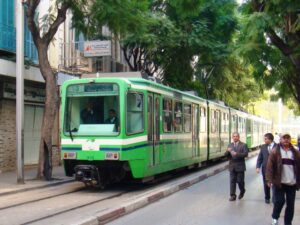
This above ground rail system operates in the tunis metropolitan Area. (From Wikimedia)

Dala-Dala buses Dar-es-Salam Tanzania (Photo from CNN)
THE FUTURE
While it’s clear that there are many transportation options available in Africa, some of them subpar. There is a dire need for a solution that caters to the vast needs of African travellers in terms of using mass transport. It should be affordable, convenient and safe enough to encourage people to use it instead of their private cars.
Read Also: Here is why Africa’s transport system is underdeveloped
As the continent of Africa changes, so too does its public transportation. Although there is much work to be done in this sector, there are also many encouraging signs. With greater investment from the African government and a growing interest in sustainable solutions, it is likely that this will be one of the fastest developing subsectors of the air travel industry on the continent moving forward. As an added benefit, with increased outside investment will come more willingness for these countries to embrace European and American safety measures. This type of change should improve both the customer experience at major airports, as well as ease the minds of travelers who may have been put off from taking their business deeper into Africa up until this point.
READ: WHAT IS PUBLIC TRANSPORTATION IN AFRICA?
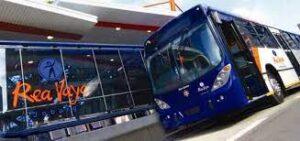
Rea Vaya BRT Bus and Station in Johannesburg, South Africa
****Featured image source: Unsplash
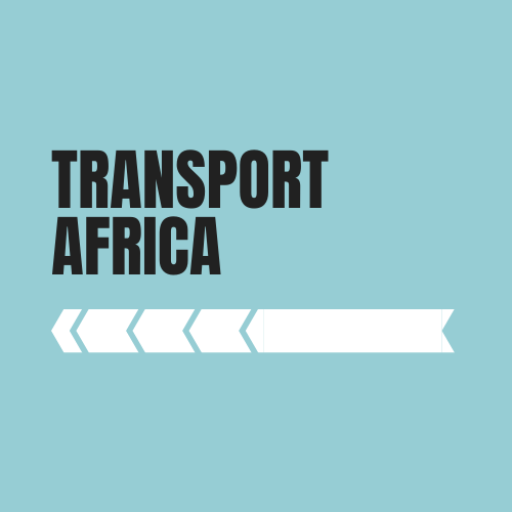
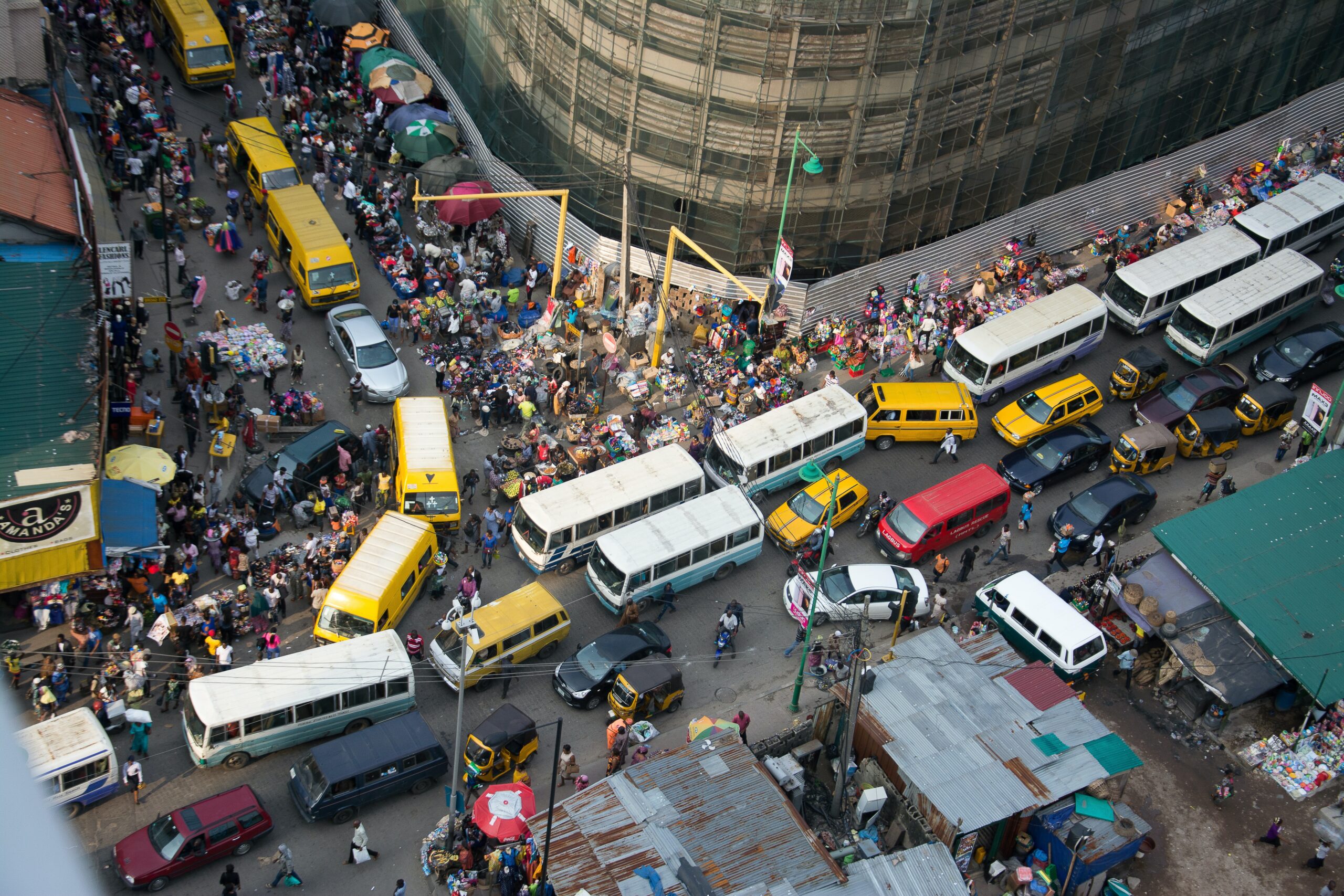

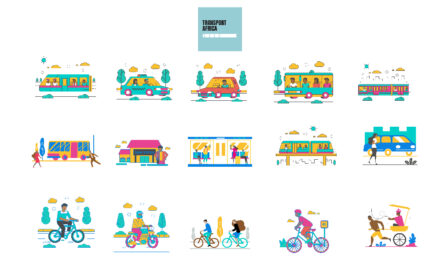
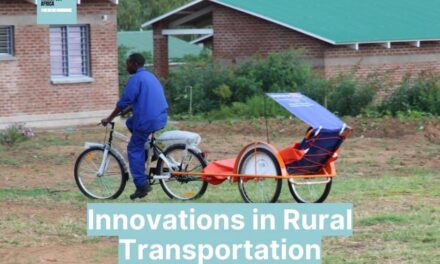
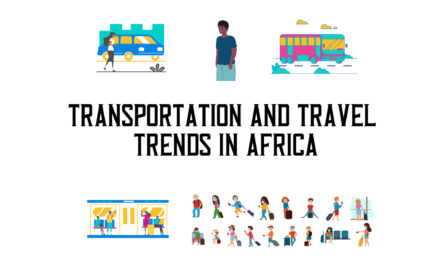
Thanks for another fantastic article. Where else may anyone get that type of information in such a perfect manner of…